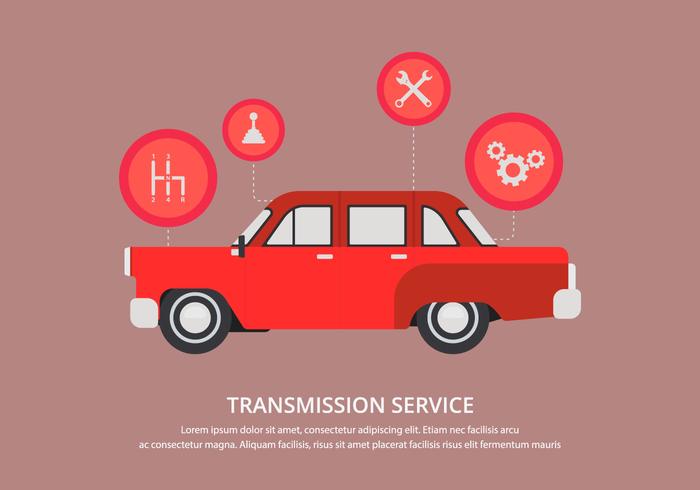Comprehending The Actual Ramifications Of Caution Indicators In Your Vehicle
Comprehending The Actual Ramifications Of Caution Indicators In Your Vehicle
Blog Article
Material By-Cheng Heath
When you lag the wheel, those glowing warning lights on your dashboard can be a bit perplexing. Do you know what they're attempting to tell you about your automobile's health? Comprehending the relevance of these lights is essential for your security and the longevity of your lorry. So, the next time one of those lights turns up, would not you want to decode its message precisely and take the needed actions to resolve it?
Common Caution Lighting and Interpretations
Identify usual caution lights in your car and understand their definitions to ensure secure driving.
One of the most normal warning lights include the check engine light, which indicates problems with the engine or emissions system. If this light begins, it's crucial to have your automobile examined quickly.
The oil stress cautioning light suggests reduced oil stress, calling for prompt interest to prevent engine damages.
A blinking battery light could suggest a defective billing system, possibly leaving you stranded otherwise resolved.
The tire pressure monitoring system (TPMS) light alerts you to low tire stress, affecting vehicle security and fuel efficiency. Disregarding this might cause dangerous driving problems.
The abdominal light indicates an issue with the anti-lock braking system, compromising your capability to stop promptly in emergencies.
Last but not least, the coolant temperature warning light warns of engine getting too hot, which can result in serious damages if not fixed swiftly.
Understanding these common caution lights will help you address problems immediately and preserve secure driving problems.
Significance of Prompt Interest
Comprehending the common caution lights in your auto is just the primary step; the value of immediately attending to these cautions can not be highlighted sufficient to guarantee your safety and security when traveling.
When a caution light brightens on your control panel, it's your vehicle's way of connecting a prospective issue that needs interest. Ignoring these cautions can result in much more serious troubles in the future, jeopardizing your security and possibly costing you more in repairs.
Motivate attention to alerting lights can protect against malfunctions and crashes. For instance, a flashing check engine light might indicate a misfire that, if left neglected, could trigger damage to the catalytic converter. Addressing https://www.tirereview.com/techs-customers-tpms-solution/ can conserve you from a pricey repair service.
In a similar way, a brake system cautioning light may indicate low brake liquid or worn brake pads, vital elements for your safety when driving.
DIY Troubleshooting Tips
If you notice a caution light on your control panel, there are a few do it yourself troubleshooting ideas you can try prior to looking for expert assistance.
The first step is to consult your automobile's guidebook to recognize what the details warning light shows. In some cases the concern can be as straightforward as a loosened gas cap causing the check engine light. Tightening the gas cap might resolve the problem.
One more usual issue is a reduced battery, which can trigger numerous advising lights. Inspecting the battery connections for rust and ensuring they're safe might fix the problem.
If a warning light lingers, you can attempt resetting it by detaching the car's battery for a couple of minutes and after that reconnecting it. In addition, examining your automobile's fluid degrees, such as oil, coolant, and brake liquid, can assist fix advising lights connected to these systems.
german auto repair
In conclusion, understanding your cars and truck's warning lights is necessary for keeping your automobile running efficiently and safely. By immediately dealing with these alerts and understanding what they imply, you can prevent pricey repair work and potential failures.
Remember to consult your vehicle's manual for certain details on each advising light and take action appropriately to guarantee a hassle-free driving experience.
Remain informed, remain risk-free when traveling!
